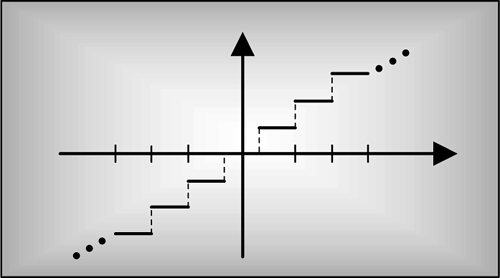Chapter Twelve. Digital Data Formats and Their Effects
Twelve Digital Data Formats and Their Effects

In digital signal processing, there are many ways to represent numerical data in computing hardware. These representations, known as data formats, have a profound effect on the accuracy and ease of implementation of any given signal processing algorithm. The simpler data formats enable uncomplicated hardware designs to be used at the expense of a restricted range of number representation and susceptibility to arithmetic errors. The more elaborate data formats are somewhat difficult to implement in hardware, but they allow us to manipulate very large and very small numbers while providing immunity to many problems associated with digital arithmetic. The data format chosen for any given application can mean the difference between processing success and failure—it's where our algorithmic rubber meets the road.
In this chapter, we'll introduce the most common types of fixed-point digital data formats and show why and when they're used. Next, we'll use analog-to-digital (A/D) converter operation to establish the precision and dynamic range afforded by these fixed-point formats along with the inherent errors encountered with their use. Finally, we'll cover the interesting subject of floating-point binary formats.
 |
Amazon |  |
